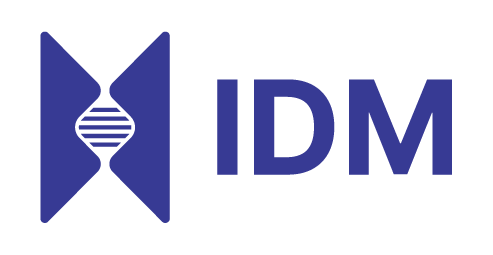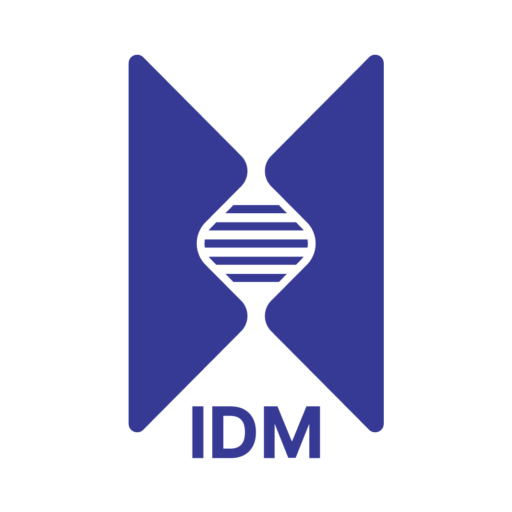Assessing the Impact of the Structure of Community Liaison in Municipality of Durrës
In 2007, the Institute for Democracy and Mediation with the support of the U.S Embassy has introduced for the first time in the Municipality of Durrës the Community Liaison model, in the frame of the project “Modelling of practices of good governance through Community Liaison instrument”. Community Liaison is a tool created with the aim of improving service delivery and empowerment of connecting citizens with decision-making at local and national level. IDM has intervened in a bottom-up approach to the institutionalization of CL that is assessed as a positive instrument towards building effective participatory governance that will lead to a democratic governance, transparency and public accountability.
The structure of Community Liaison promoted by IDM was extended for the first time in this municipality, in 6 administrative regions of the city, where each of CL cover an area of 40 thousand inhabitants.
The process, facilitated by IDM was conducted by selecting each of CL in open meetings to the community, through direct citizen’s proposal, which is then sent to City Council for approval. This experience is different from the experience of municipal units of Tirana and Shkodra, which follow the practice of appointing CLs from the local mayor.
To assess the impact of the project completed in 2009, IDM held a meeting last week in Municipality of Durrës attended by the city’s Community Liaisons and other actors involved in this process. Assessing the effectiveness of the structure, and upon request of the City Council it was increased the number of CLs from 6 to 18 Community Liaison, respectively 3 CL in each region.
This initiative facilitated the process of CL work which now covers an area with a lower number of inhabitants.
Community Liaison is currently evaluated as an effective instrument in terms of identifying problems and improving community services. Various organizations have used CLs for service delivery and to further mentioning successful cooperation such as with UNDP and other institutions such as State Police, Prefecture, Water Supply Agency, Regional Agency for Environment etc. In terms of further work of CLs it is upon completion the residents and business directory of each area which will further facilitate the work of this structure in the community.
As a conclusion, we can highlight that after project completion in 2009, the Community Liaison structure promoted by IDM for the first time in the Municipality of Durrës is further strengthened with the request of local stakeholders who have seen the benefits and advantages that brings such a structure connecting and mobilizing the actors on the ground, thus improving participatory governance. This model and lessons learned process should serve as a positive example for improving this community and local government instrument to a wider national context. IDM will try to explore further possibilities using this model to update existing experiences not only in Tirana and Shkoder, but also in national approach.


